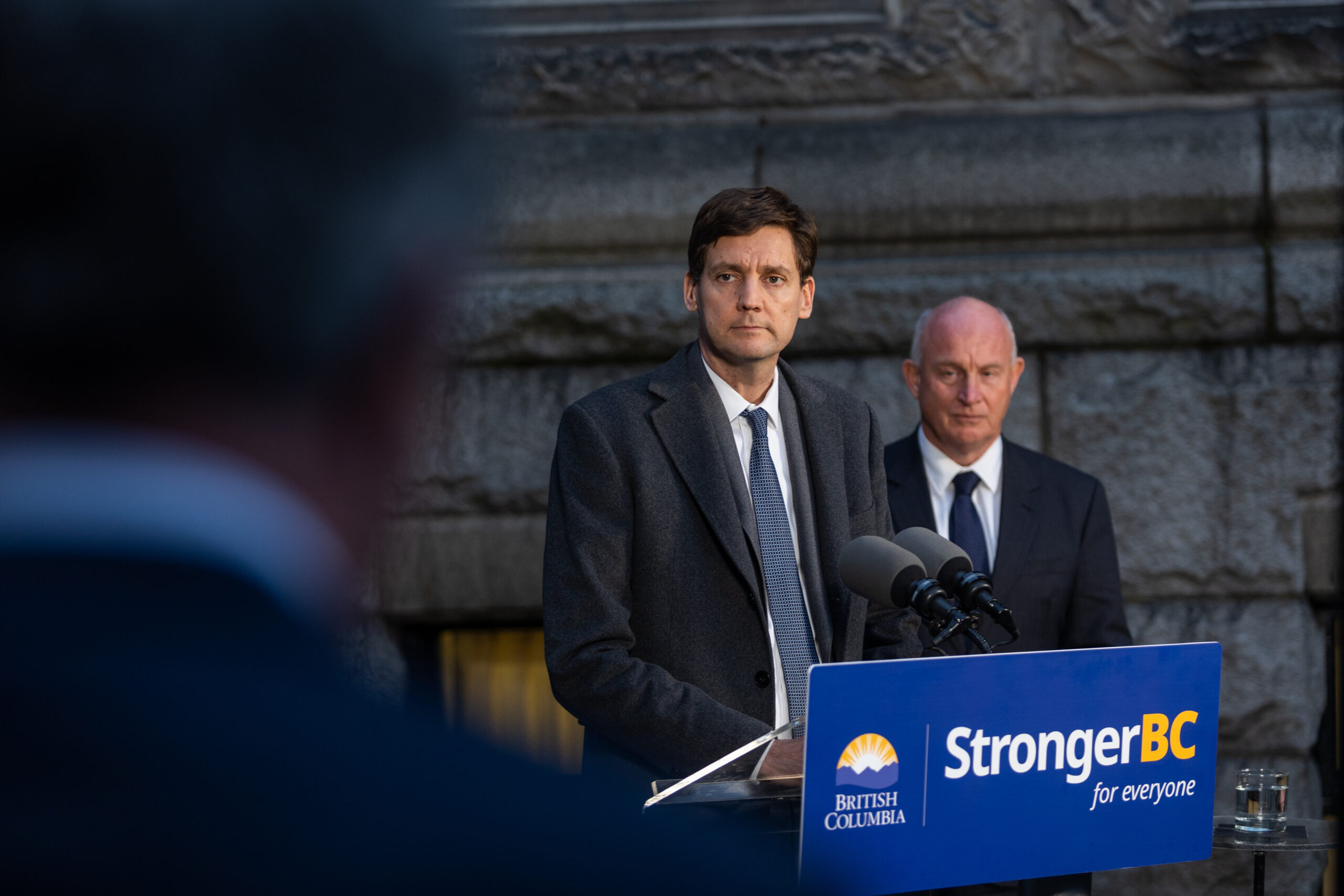Vancouver City Council’s two standout issues in the first half of 2011 landed for wrap-up on the same afternoon of 19 April 2011 as Unfinished Business.
Dozens upon dozens of speakers had come out for the public hearings on development proposals for their adjacent areas: Northeast False Creek and the Chinatown portion of the Downtown Eastside. Postponement of conclusion to a daytime afternoon meant that few of those speakers had the live opportunity to watch Council’s discussion and decision.
The Northeast False Creek items ran for eight sessions between February 17 and April 10. Out of a total of 193 speakers, 114 were recorded as “in opposition” — 59% against. Zoning for new height in Chinatown ran for five sessions between March 17 and April 14. Out of a total of 112 speakers, 82 were recorded as “in opposition” — 73% against.
Comparison of these two issues and their outcomes offers striking lessons in social class, exercise of power, and switcheroo politics of deferral. In both cases, affected local residents spoke up to defend the interests of their own communities, with considerable support from other concerned people across Vancouver.
The Northeast False Creek situation brought together a spectrum of formally educated professionals who rallied to the issue of gambling expansion under the leadership of the Vancouver Not Vegas coalition. As early as the February 9 public forum, it became apparent that focus on Council’s power to approve or disapprove gambling expansion would be key strategy. And that proved to be the wedge that made it possible for Council to intervene, at least in appearance. Along the way, Concord Pacific’s years of egregious foot-dragging on agreed-to amenities emerged as a strong secondary concern.
In the case of Chinatown, an out-of-the-blue January 20 “emergency” shutdown — refusing to hear from six to eight dozen public speakers — ended up producing a revised rezoning effort. A sever maneuver put off decision on broader “height review,” but left a large Chinatown portion of the Downtown Eastside wide open to immediate change in rezoning policy. Letters from the professional-oriented Building Community Society, together with an open letter from 29 local professors, contributed crucial support to the Downtown Eastside position. But Council still chose to disregard the blatant lack of social impact analysis when it came to handing the eastern side of Chinatown over to eager development interests.
The complex Northeast False Creek package did not lend itself to a sever solution. Multiple interlocking plans already embedded decades of development history. In the specific current proposals, murky arrangements among various interests (corporate sport, corporate gambling, corporate real estate, provincial government, municipal government) presumed to manufacture a big opaque pill that the public would just have to swallow. Vancouver City Council’s decision to deny gambling expansion looked like a win for opponents — and it was, compared with the widespread anticipation of a no-going-back done deal. But the casino was approved to move to the new quarters, a point that certain councillors doggedly pursued in their questioning of speakers. In the cynical longer term, there is absolutely nothing to impede the entire original project. Use the approvals to build the same physical space, and then expand the gambling, perhaps in increments. The foundation for such “planning” is that Council cannot be fettered in future decisions. Passage of time facilitates all flip-flops.
Downtown Eastside opposition began its impact by bringing on a redrawing of boundaries and exclusion of territory — a large chunk of Chinatown set beyond the pale. Put in other words, one community based in the historic heart of Vancouver was treated like two ghettoes. For the significantly reduced land base left to the Downtown Eastside, the “victory” seems short-term and tenuous. Decision on what remains of the Historic Area Height Review waits until after the November 2011 civic election. The already promised and unrealized social planning may have gotten underway by now.
Near physical neighbors … and social worlds apart, Northeast False Creek and DTES/Chinatown share special core proximity with the West End. Over on that other side, West End Neighbours has recently seen their petition information redirected to use by Mayor Gregor Robertson for City of Vancouver public relations. A privacy abuse complaint has been lodged. Reportback from the Mayor’s West End Advisory Committee impends in the near term.
A land rush targets all of Vancouver. In some measure, the intensity of the rush is a function of proximity to the urban core. Location, location, location!
Despite the tactical difference — between refusal to allow gambling expansion and redefinition of a sub-area for immediate rezoning policy action — the two eastern neighbors may well discover that they have been subjected to much the same longer-term strategy: let up a little, leave a piece of something unresolved, bide the time, nibble here and there where opportune, chomp down big time when conditions seem ripe.















